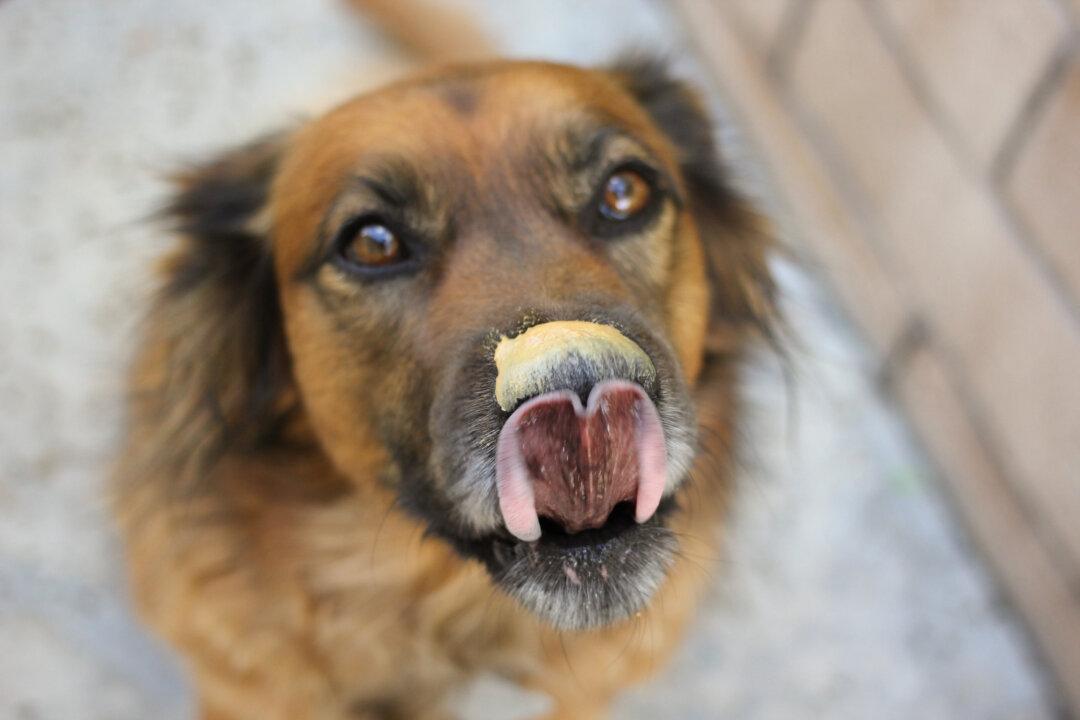Xylitol poisons dogs two ways: It induces liver failure, and it releases insulin, which lowers blood sugar levels enough to cause loss of coordination, seizures, and death. There is no specific antidote, but immediate veterinary care is often successful at saving the dog’s life.
As you might expect, sugar-free gums and candies often contain xylitol. Some chocolate candies contain xylitol, though it’s not always listed on the label.
Many baked goods contain large amounts of xylitol, which home bakers can buy in bulk, along with xylitol cookbooks. Vegan alternatives to many foods, including honey and barbecue sauce, contain this artificial sweetener.
Xylitol is an ingredient in many vitamin-mineral and other supplements, especially gummy products, as well as over-the-counter and prescription medications. Because it prevents tooth decay, xylitol is used in toothpaste, mouthwash, and mints for dry mouth.
Surprisingly, xylitol is a component of some T-shirts and other clothing. When it’s in contact with sweat or other moisture, it transforms into a cooling agent. The toxic risk in clothing is minimal, though, as most dogs are unlikely to eat a shirt.
For reasons that are unclear, xylitol is not toxic to cats or ferrets.
If you find peanut butter too messy, you can hide Hercules’s pills in a meatball of canned dog food and dose him that way.
Remember to read labels, and keep all xylitol-containing products away from dogs.
Omar’s veterinarian recommended professional dental cleaning under anesthesia, which is pricey. However, I don’t want the problem to worsen, so shouldn’t I try to brush his teeth?
As a temporary measure, you can try a water additive or oral gel recommended by the Veterinary Oral Health Council, or VOHC, at VOHC.org. These products help prevent further plaque buildup, but they won’t get rid of the tartar and gingivitis that are troubling Omar now.
For that, you'll need to have your veterinarian clean his teeth and take dental X-rays, because 60 percent of dental disease occurs below the gum line. Anesthesia is necessary to keep Omar still throughout the procedure.
After Omar’s teeth have been professionally cleaned and his gums no longer hurt, reintroduce the dental diet your veterinarian prescribed. It and VOHC-recommended dental treats will keep his teeth cleaner than regular cat food and treats.
When his gums feel better, you may be able to accustom him to having his teeth brushed. Start by encouraging him to lick seafood- or poultry-flavored pet toothpaste from a child-sized toothbrush. Then gradually introduce him to having his teeth brushed.
Your tabby with teeth trouble is in good company, as 70 percent of cats over age two have dental disease. With professional treatment and follow-up home care, Omar will enjoy improved oral health.







